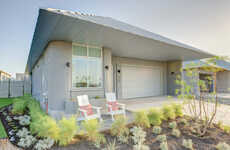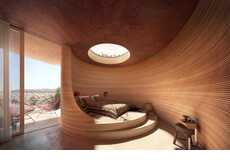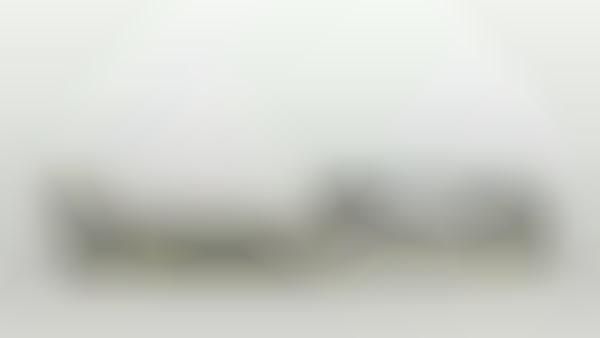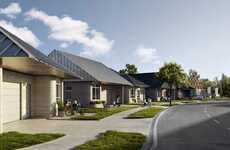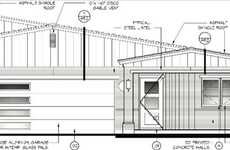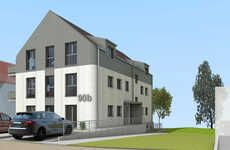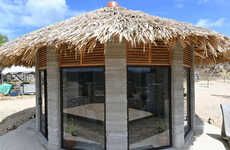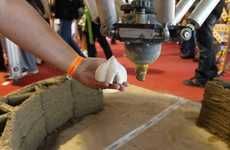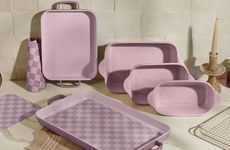
The Landscape House by Enrico Dini Will Be the First of Its Kind
Meghan Young — January 22, 2013 — Art & Design
References: universearchitecture & dezeen
The Landscape House is set to be the first home built using a 3D printer. Although there have been some exciting and unexpected creations made using this technology, the Landscape House is perhaps one of the more impressive endeavors. Not only is the scale at which it will be built noteworthy, but the looping design, which was inspired by the Möbius strip, makes it quite the sight to see.
Designed by Architect Janjaap Ruijssenaars of Universe Architecture in collaboration with Italian inventor Enrico Dini, the same man who printed a large sculpture out of sand, the Landscape House will take about 18 months to complete. Working with mathematician and artist Rinus Roelofs, it will be printed in sections using the giant D-Shape printer.
Designed by Architect Janjaap Ruijssenaars of Universe Architecture in collaboration with Italian inventor Enrico Dini, the same man who printed a large sculpture out of sand, the Landscape House will take about 18 months to complete. Working with mathematician and artist Rinus Roelofs, it will be printed in sections using the giant D-Shape printer.
Trend Themes
1. 3D Printing in Construction - The Landscape House showcases the growing trend of using 3D printing technology to construct buildings, presenting opportunities for disruptive innovation in the construction industry.
2. Looping Architectural Designs - The Möbius strip-inspired looping design of the Landscape House highlights the trend of creating unique and unconventional architectural designs, opening up potential for disruptive innovation in the architecture industry.
3. Collaboration in Design and Technology - The collaboration between Architect Janjaap Ruijssenaars, Enrico Dini, and Rinus Roelofs for the Landscape House demonstrates the trend of cross-disciplinary collaboration in design and technology, offering opportunities for disruptive innovation through the combination of expertise.
Industry Implications
1. Construction - The use of 3D printing technology in construction, as seen in the Landscape House, presents disruptive innovation opportunities for the construction industry in terms of speed, cost-effectiveness, and design flexibility.
2. Architecture - The Möbius strip-inspired looping design utilized in the Landscape House highlights disruptive innovation potential in the architecture industry by challenging traditional design norms and pushing boundaries.
3. Design and Technology - The collaboration between architects and inventors, such as in the case of the Landscape House, opens up disruptive innovation opportunities in the design and technology industry by combining expertise to create novel solutions and products.
4
Score
Popularity
Activity
Freshness




